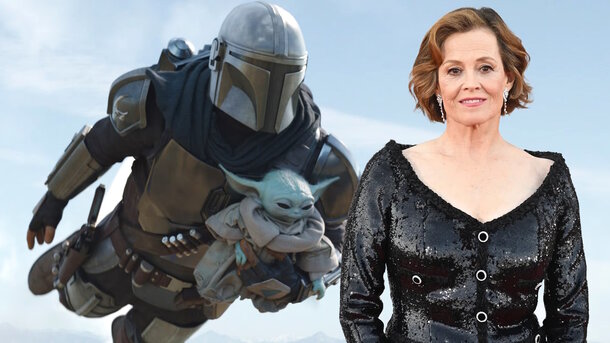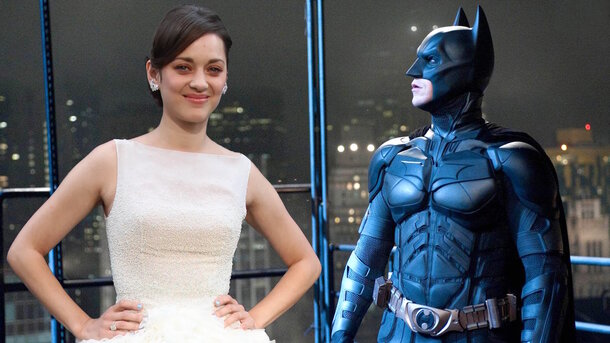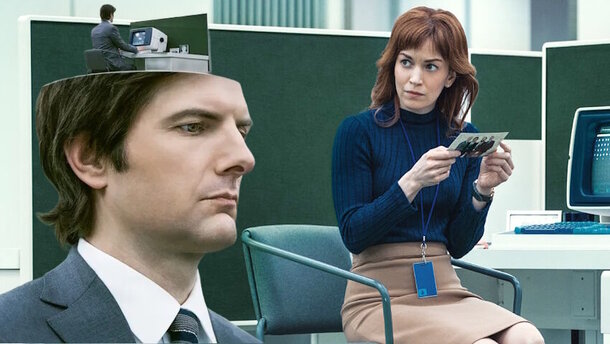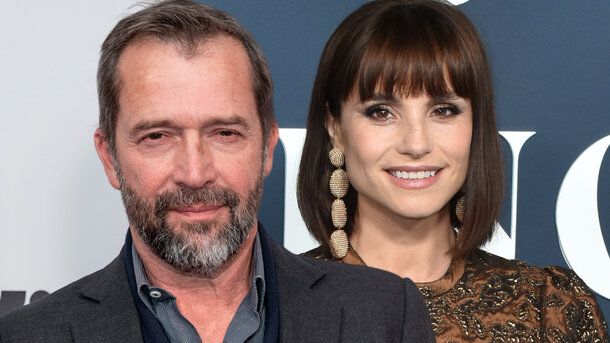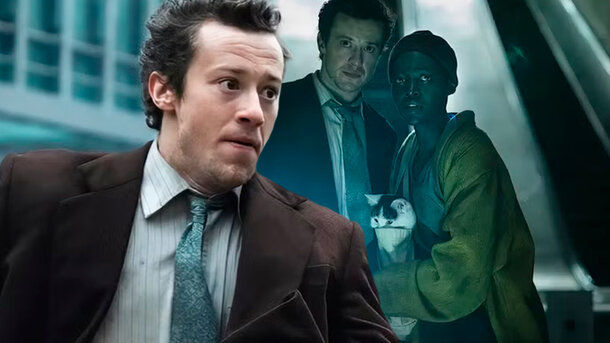The adaptation of Suzanne Collins’ iconic The Hunger Games series was spectacular and immersive, but as is often the case, the books offer a much deeper exploration of Panem’s world. If you felt that something was missing in the films, you were probably right. Here are key moments that become clearer after reading the source material.
The Story of the Mockingjay
In the films, the Mockingjay pin simply ends up with Katniss, but in the books, this symbol receives much more attention. The Capitol once created special spy birds called Jabberjays, which could memorize and repeat human speech. However, the rebels quickly turned this technology against the government, leading to the project’s termination. The freed birds then bred with common mockingbirds, creating the Mockingjay — a random 'mistake' that became a symbol of freedom and resistance.

The Meaning of the Three-Finger Salute
In the films, this gesture seems like a simple show of support for Katniss, but in the books, it carries a much deeper meaning. In District 12, it is a way of bidding farewell to those who are respected, appreciated, or loved. When the people of District 12 express their support for Katniss with this gesture instead of applause, it is not just a sign of approval — it is a silent protest against the Capitol, which intended the Games to be a 'celebration.'
Why Katniss Cannot Forgive Her Mother
The films depict the tension between Katniss and her mother but do not explain it. In the books, it is revealed that after her father’s death, the family was on the brink of starvation. Katniss’ mother fell into depression and nearly stopped caring for her daughters, forcing Katniss to find food herself to save the family. This is why Katniss struggles to trust her mother — her deep-seated fear of being abandoned again remains within her.

The Romance Between Katniss and Peeta
On screen, the romantic storyline between Katniss and Peeta appears genuine, but in reality, it was initially just a survival strategy. Katniss pretended to be in love to appeal to the audience and gain sponsorship support. In the books, this is made much clearer — Katniss takes a long time to understand her own feelings, while Peeta has truly loved her since childhood.
The Family History of Katniss and Peeta
The films briefly mention the moment when Peeta throws Katniss the burnt bread. In the books, this event has much greater significance: Peeta intentionally burned the bread so that his mother would order him to discard it, allowing him to give it to the starving Katniss. This act saved her family from starvation, and Peeta himself had loved Katniss since childhood after hearing her sing. Additionally, Peeta’s father had once been in love with Katniss’ mother, creating an unspoken tension between their families.

Why You Should Read the Books
The world of Panem is far more complex in the books than in the films, writes the Zen channel 'Antikino.' There are more intrigues, deeper character motivations, and details that offer a fresh perspective on the story. If you enjoyed the adaptation, the books will allow you to understand this universe on a much deeper level.

